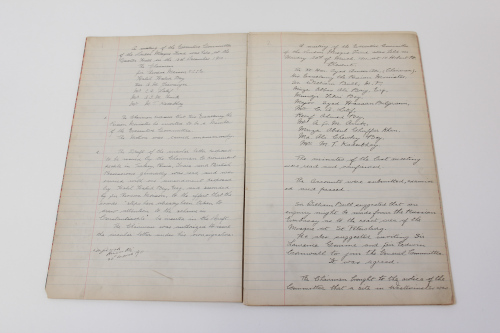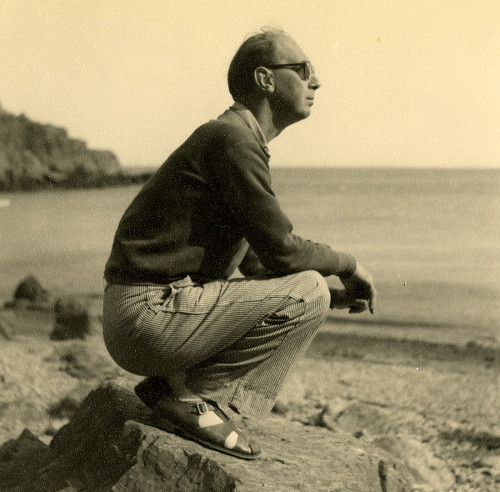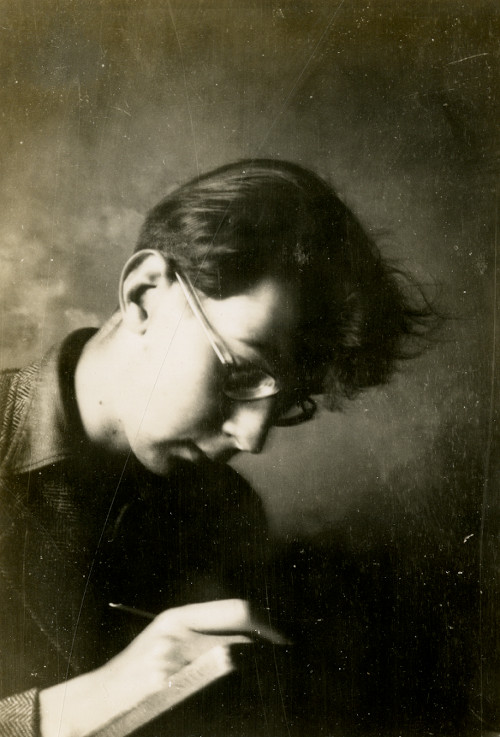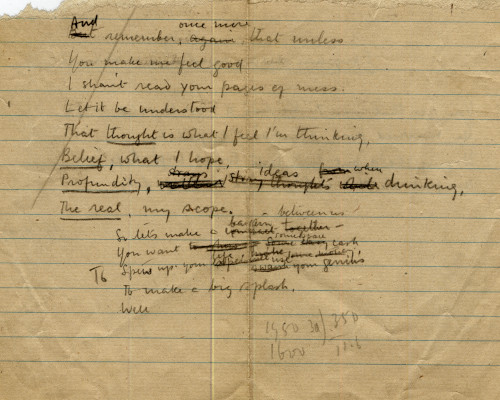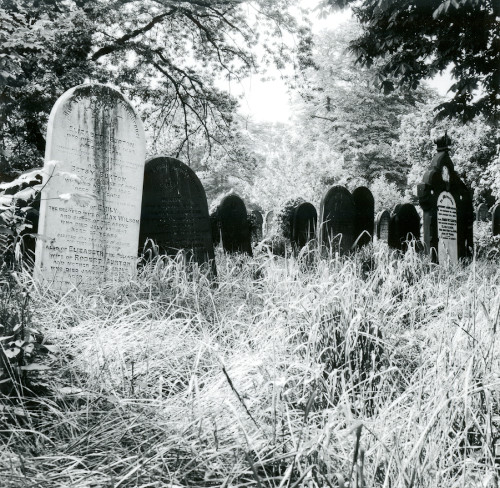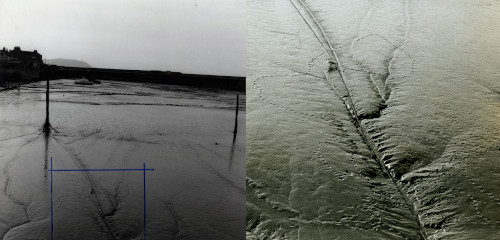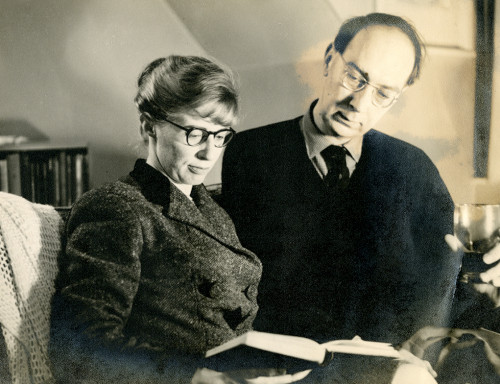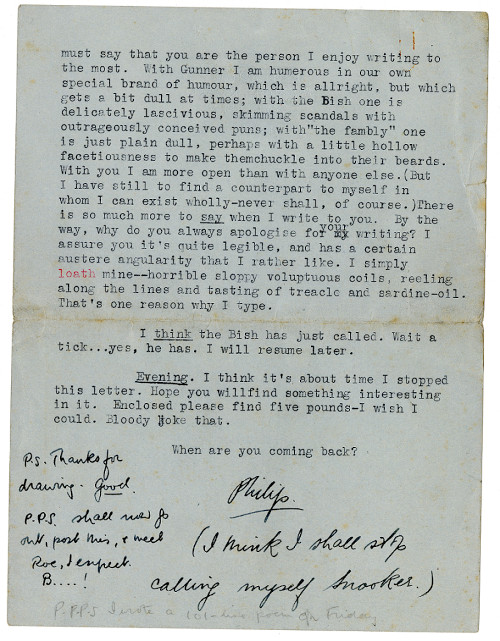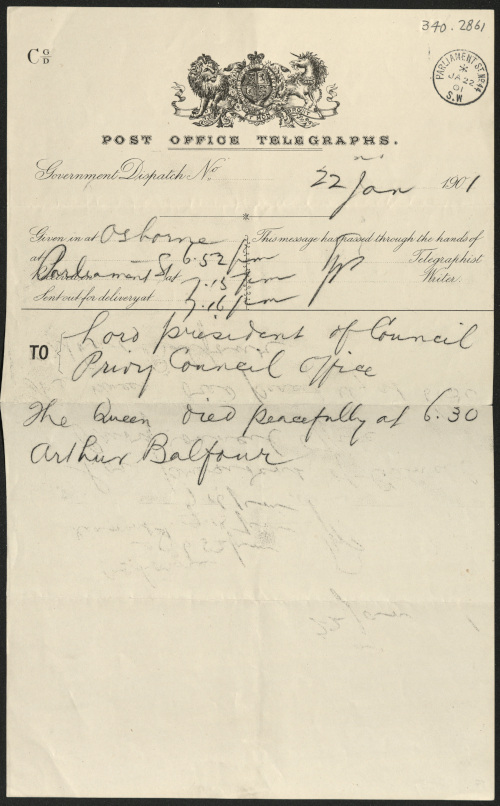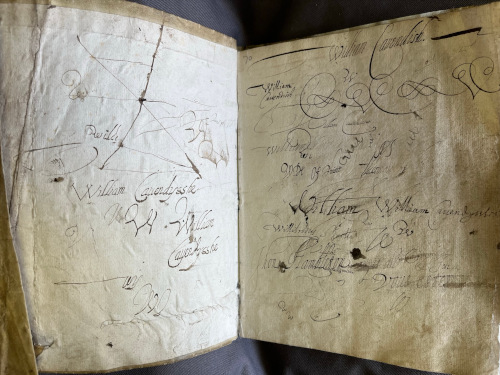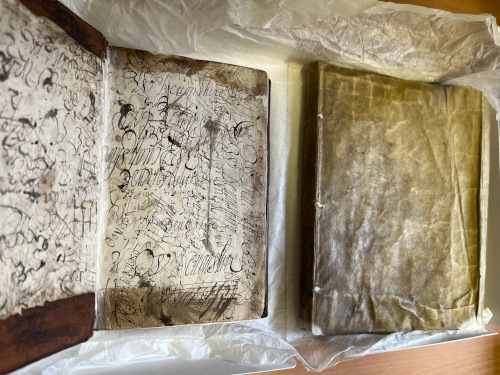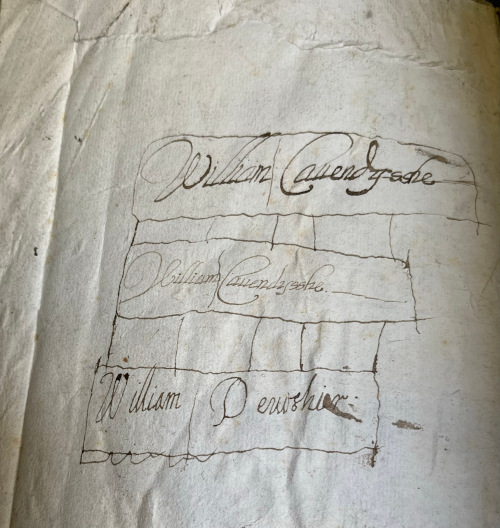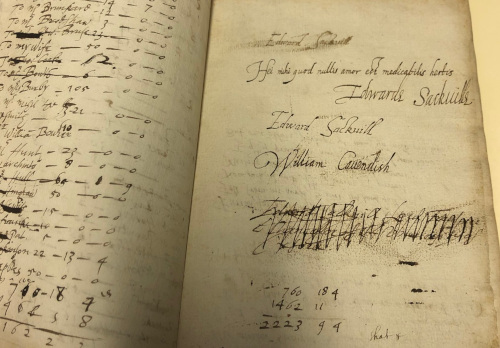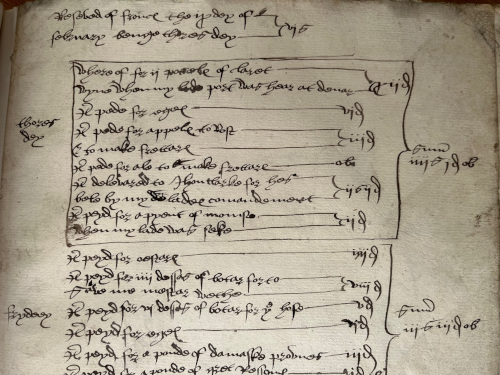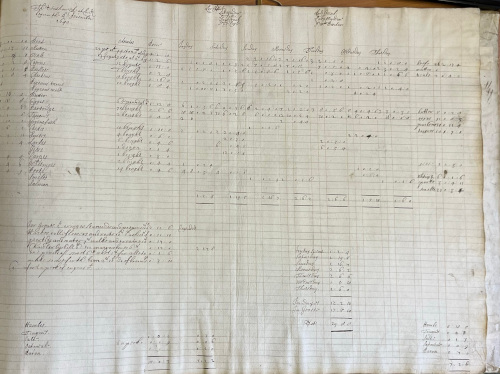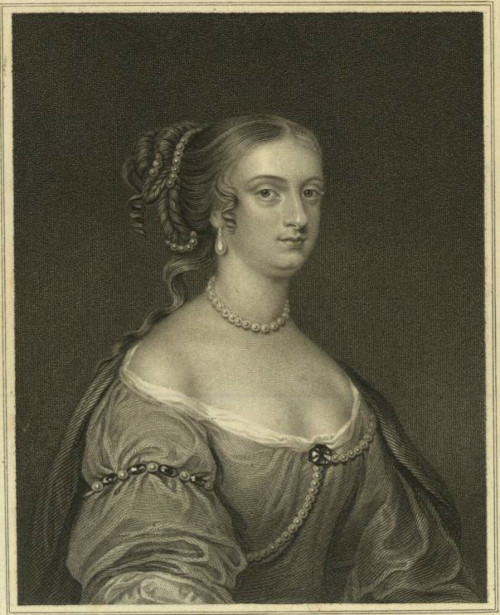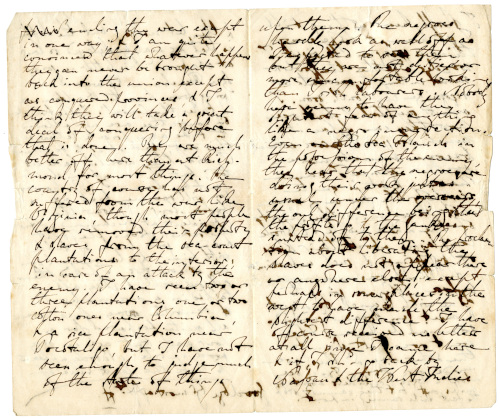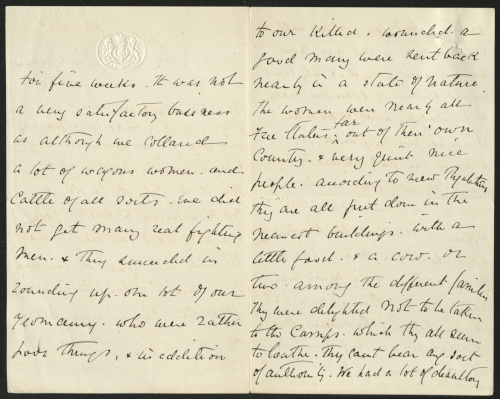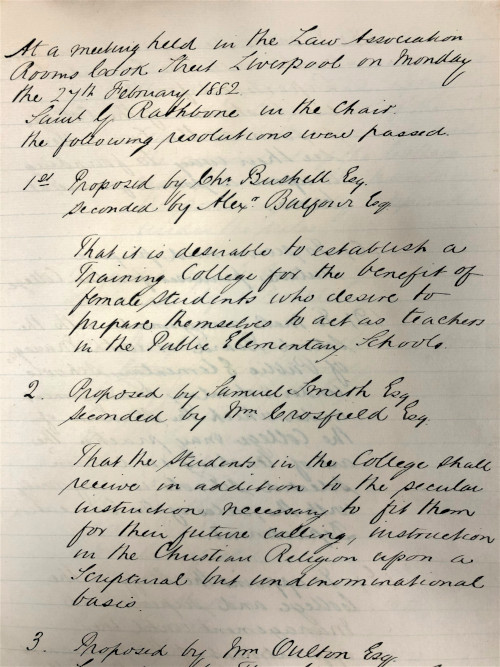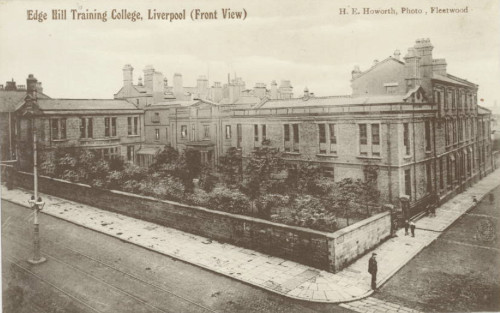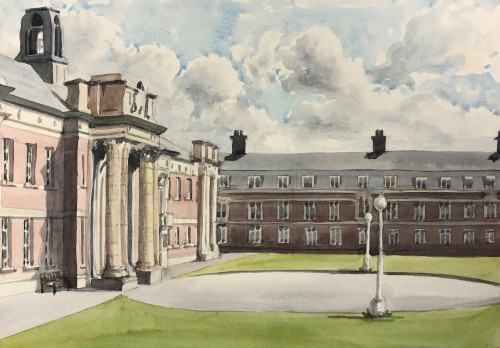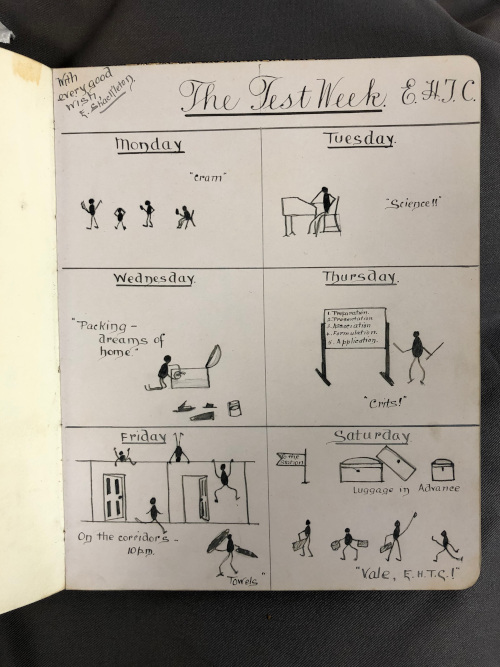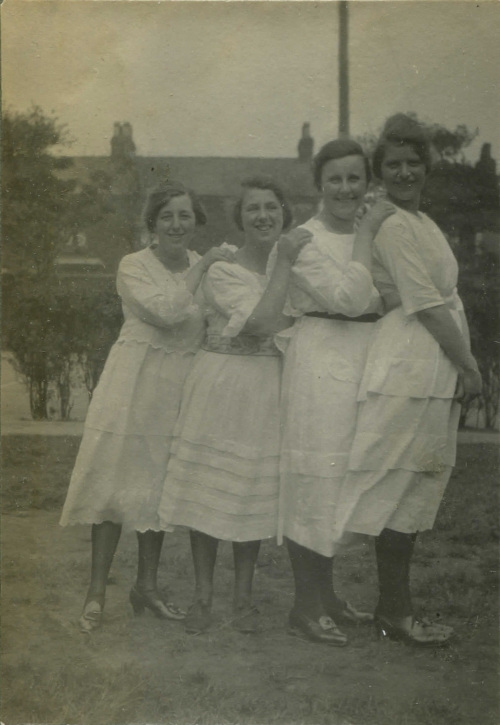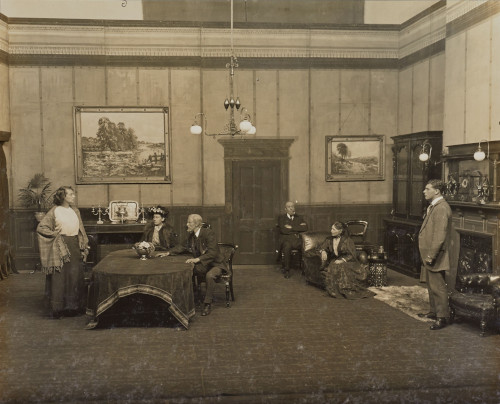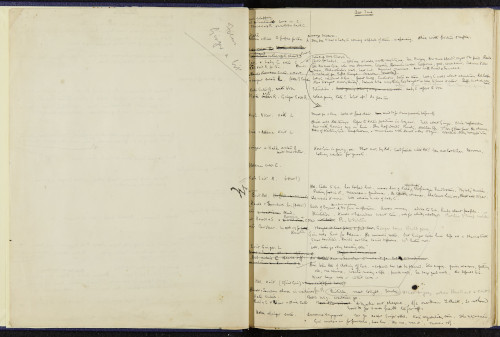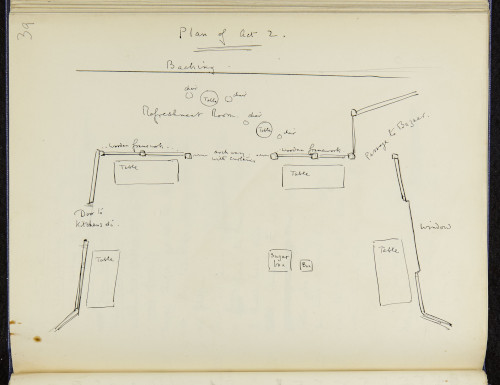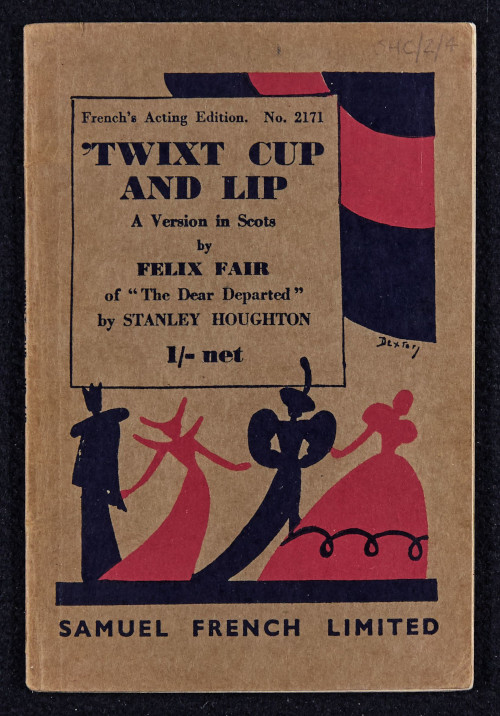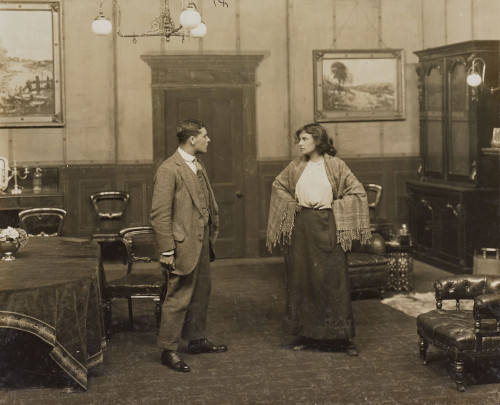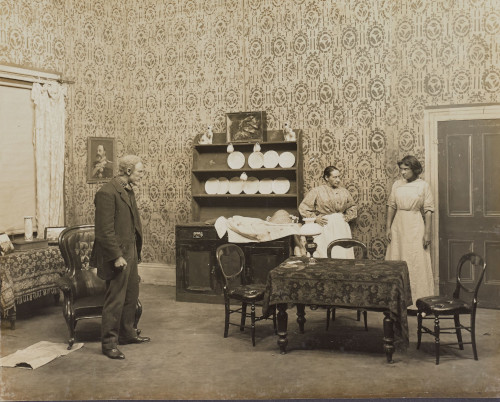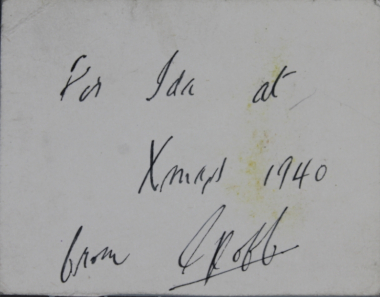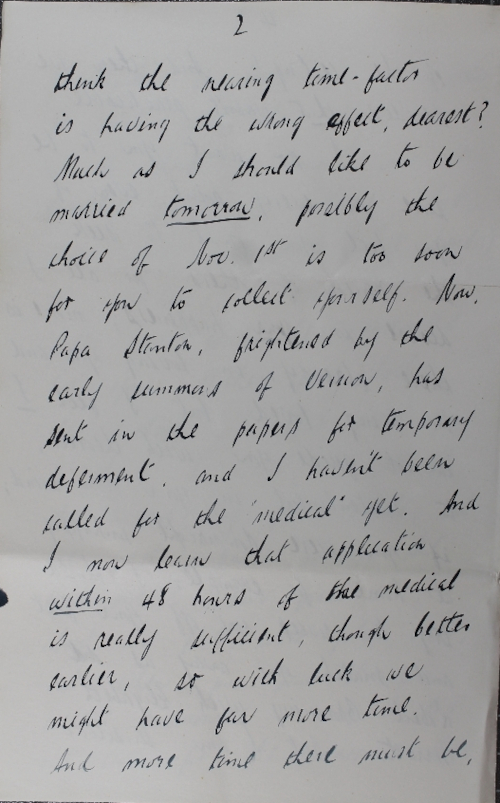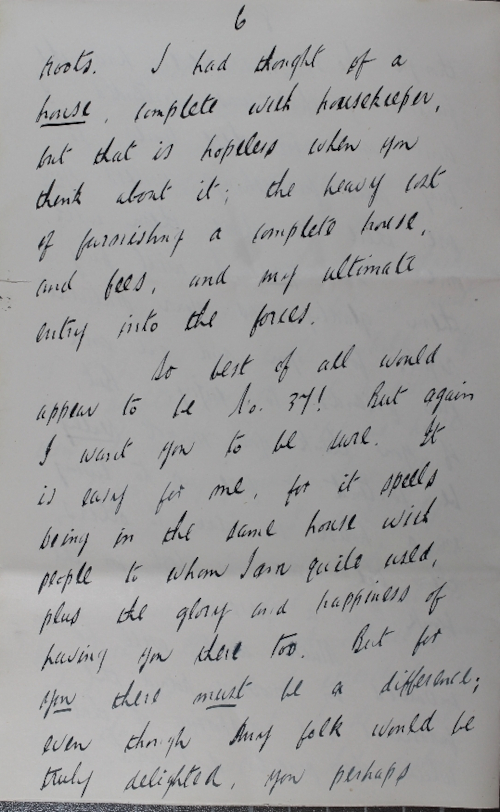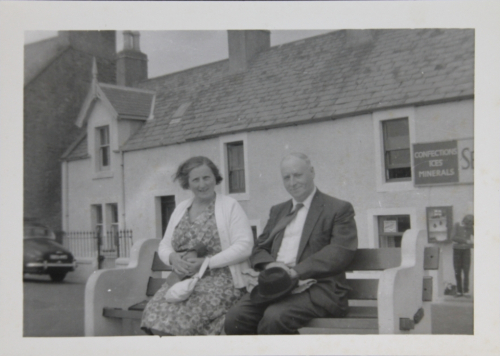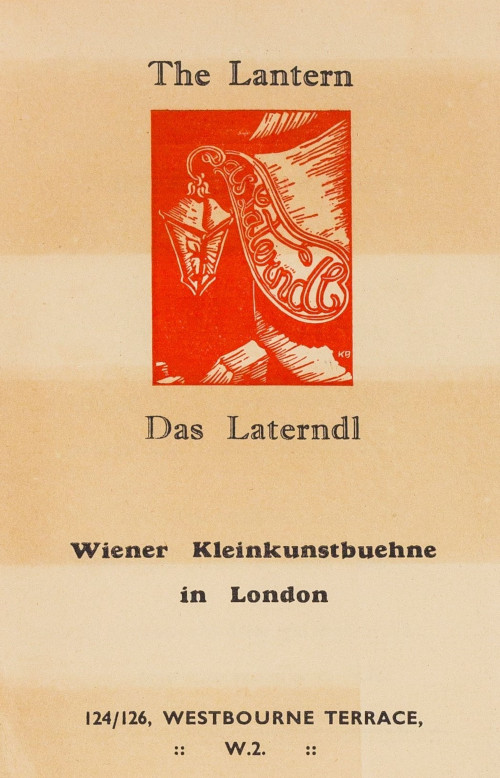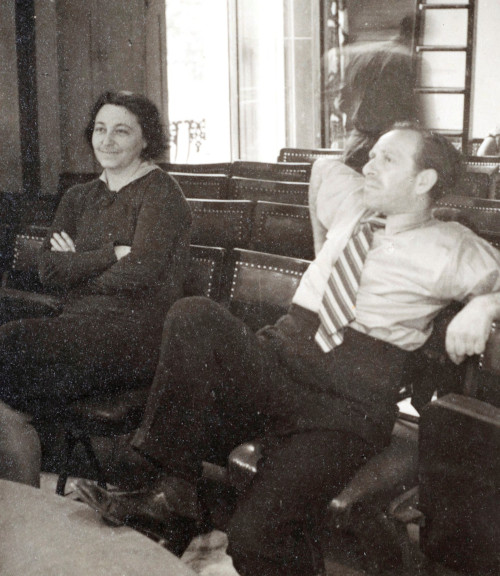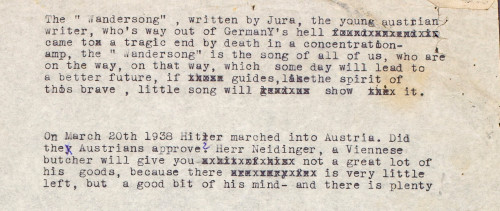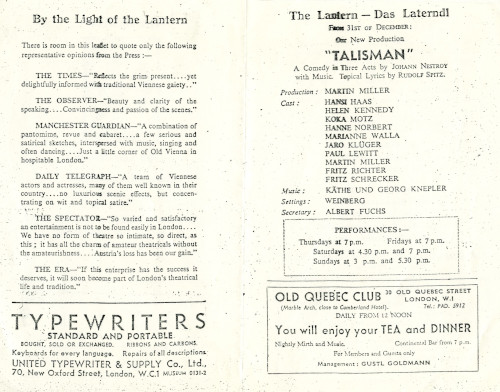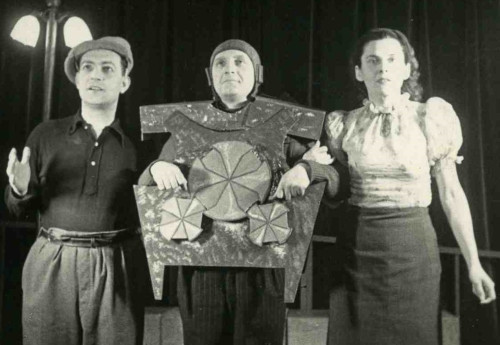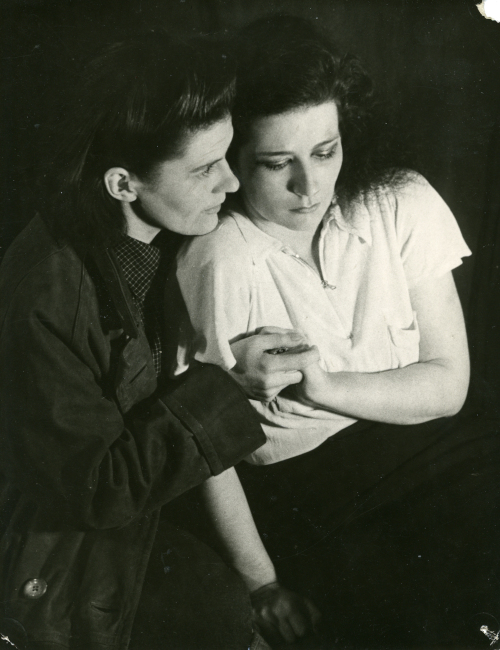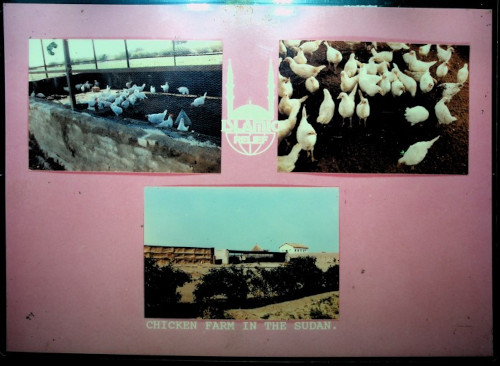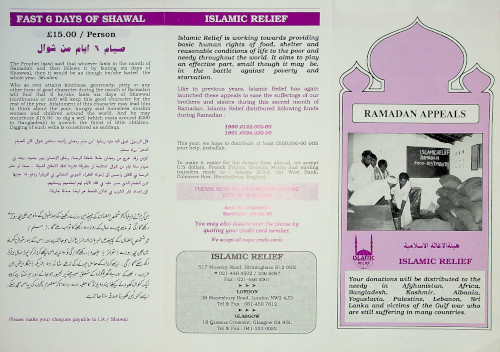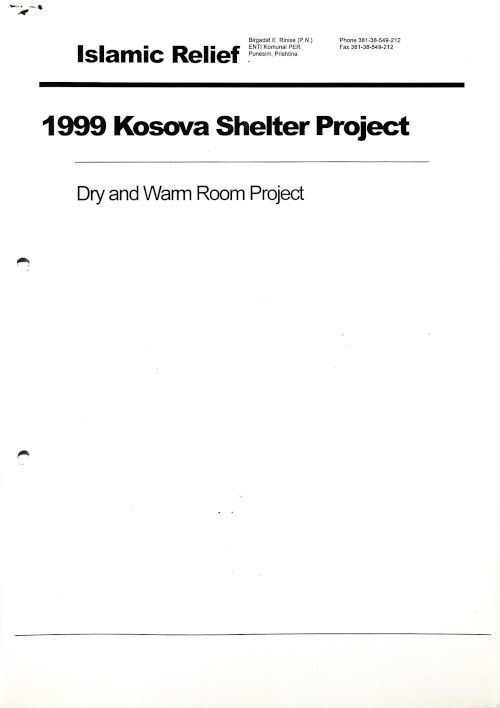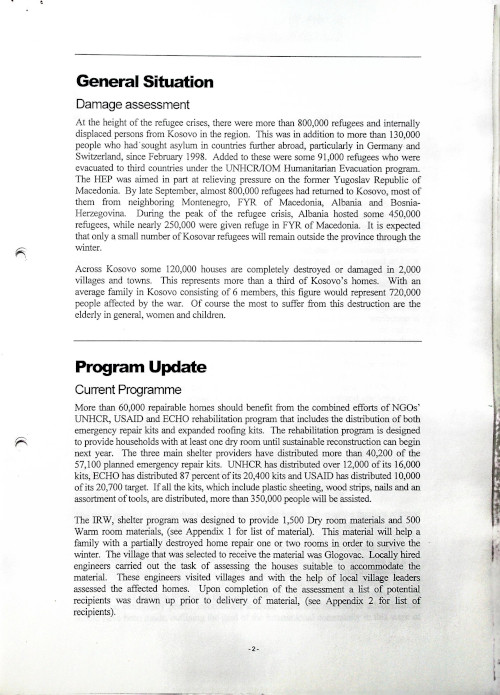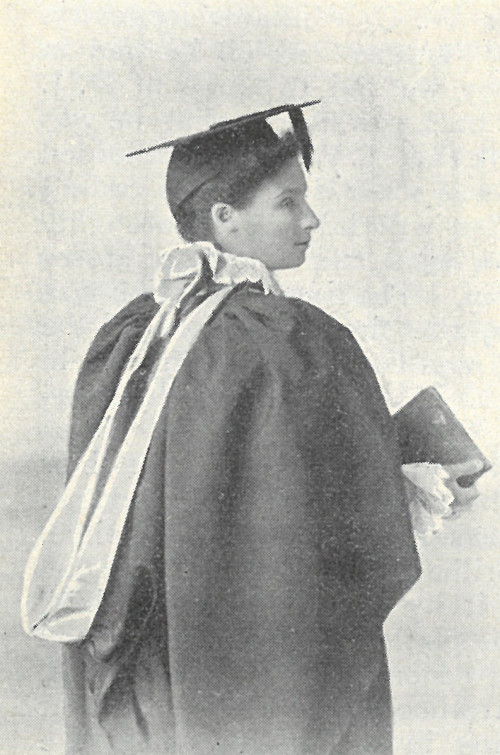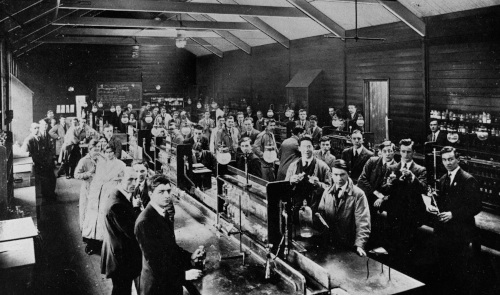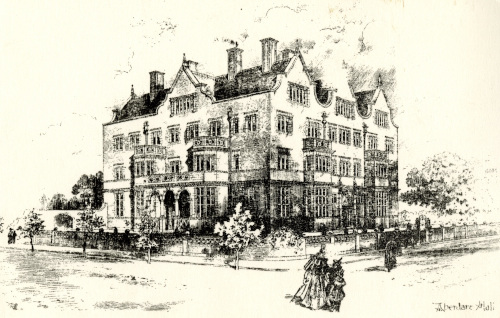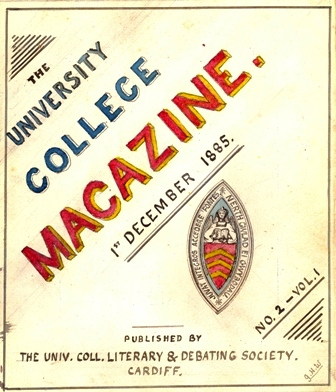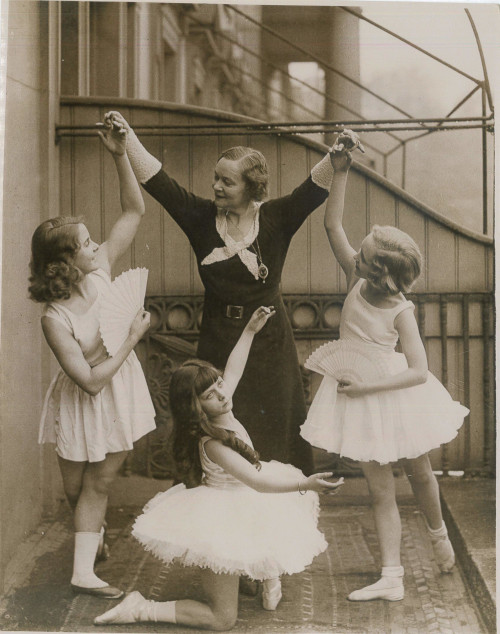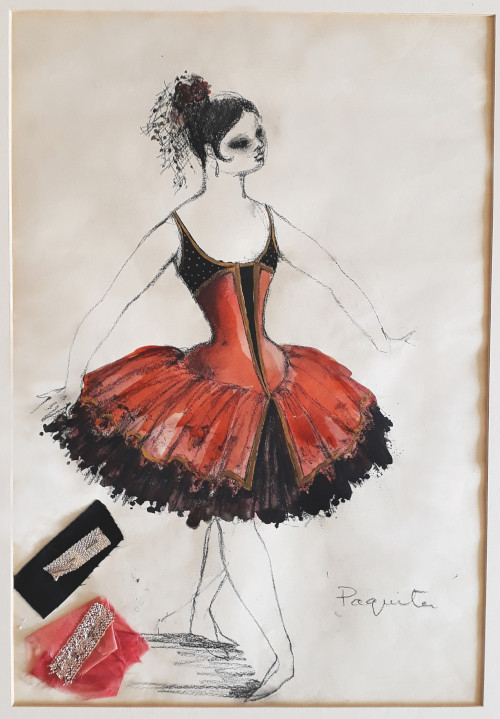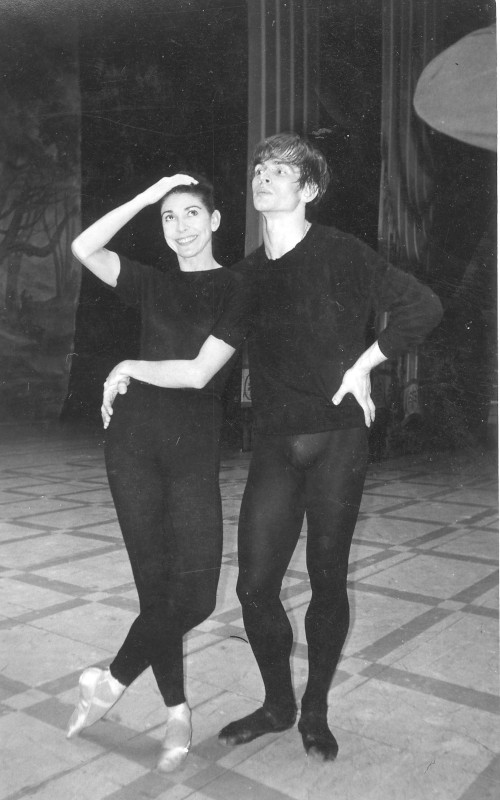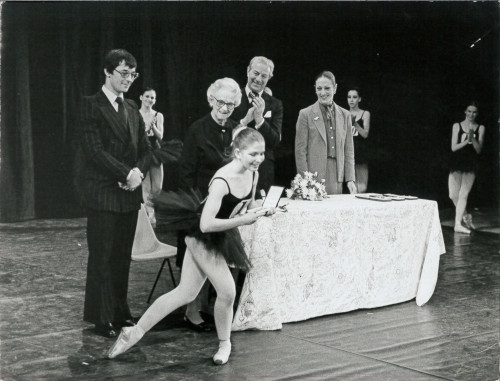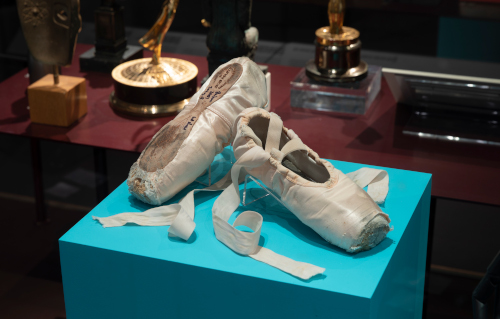Archives Hub feature for September 2022
About the East London Mosque Archives
Mosque, referred to as a place of worship for Muslims is probably not something that would jump to our minds when we think of archives. It is not surprising then that people are often intrigued to learn that the East London Mosque, which is one of London’s oldest Mosque has its own archive repository located in its complex; the Maryam Centre in Whitechapel. Established as an archive service in 2015, the ELM Archives as it is commonly called, has unique and rich archive collections documenting the various aspects of British Muslim-related history, which is housed in a purpose built Strong Room. At the moment, it is the only mosque in Britain with such facility.
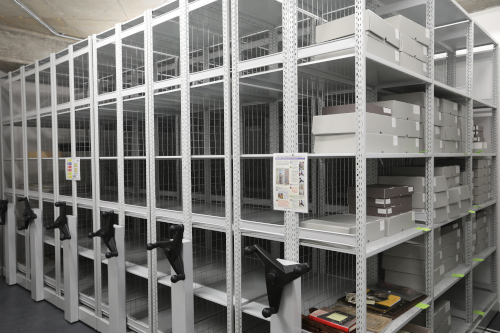
The ELM Archives Project
The ELM Archives holds the institutional records, dating from 1910 onwards of the East London Mosque Trust, which is responsible for the administration and management of the Mosque. What is perhaps not widely known is that the Archives came into existence from a campaign initiated by the Mosque to preserve its own heritage. This all begun in 1995, when the late Muhammad Suleiman Jetha who was a former Chairman of the East London Mosque rediscovered and bequeathed the documents he had taken during the World War II bombings for safekeeping back to the Mosque. The deposit contained the London Mosque Fund Minute Book and collection of letters, which provided wealth of information on the creation and shaping of the East London Mosque. Realising the value, this led to the start of an effort, later to become recognised as the ELM Archives Project, to professionally organise and store the Mosque archives.
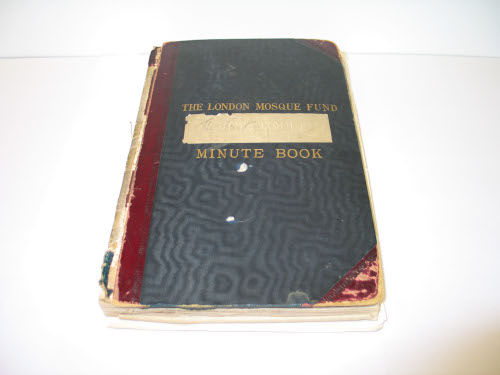
Not much was done until 2012 when the Mosque secured the help of a qualified Archivist to carry out a two day scoping study of the existing materials to identify the work required for long term protection and management of the archives. The report compiled at the end offered recommendations on how to classify, catalogue, preserve and provide access to the archives.
Further progress was made as the Mosque submitted a successful application for The National Archives’ Cataloguing Grants programme in 2013. This secured a grant to recruit a temporary Archivist for 1 year to catalogue the archives. At the same time, an Archives Steering Group was formed, comprising of different individuals with relevant expertise within the Mosque and externally from the Religious Archives Group to deliver strategic guidance for the Project. By the end of 2014, the archives were appraised, sorted and catalogued accordingly to best practice in archival standards onto the Archives Hub. Moreover, all the archive materials were labelled, repackaged into acid free folders and put into acid free boxes.
Transition to Archives Service
The success of the cataloguing meant that the archive collection of the East London Mosque Trust went live on the Archives Hub in September 2014, and for the time it was made available to the public for online browsing. To accommodate enquiries and facilitate requests to access the archives, 9 volunteers were recruited. They were given training on how to retrieve and put away documents, supervise researchers and assist with basic queries by the Archivist.
The Reading Room service and the online catalogue were officially launched in January 2015. Since then, the Archives has been hosting both internal and external researchers. Access to the Reading Room is free and open to everyone. The Reading Room currently operates on a part time basis and researchers are requested to book an appointment in advance before their intended visit. Further details of the opening hours can be found on the Archives repository homepage within the Archives Hub.
For the long term storage of the archive materials, the Archives Steering Group researched and developed specifications and requirements to build a purpose built Strong Room in the Maryam Centre. Standards relevant at the time, such as PD 5454:2012 Guide for the Storage and Exhibition of Archival Materials and The National Archives’ Standard for Record Repositories, which gave recommendations for storing and keeping archives within best practice and incorporated factors such as repository construction, storage environment, fire protection and prevention and temperature and humidity parameters were taken into consideration. The built also took into account archival storage needs for the next 50 years. Soon after, fundraising for the necessary construction and equipment began. The building of the Strong Room, equipped with mobile shelving, monitoring system for humidity, humidifiers and extractors, fire proofing and fire alarm system and water drainage arrangements was accomplished and inaugurated on 22 November 2017 by Mayor of London, Sadiq Khan.
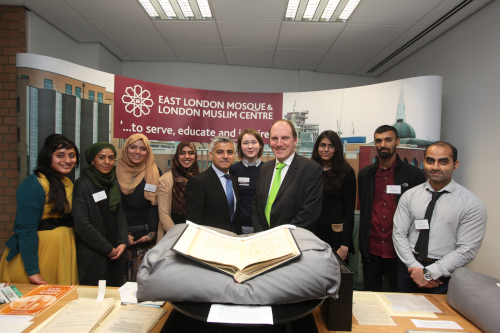
The ELM Archives Now
It has been a long journey and the ELM Archives has now transitioned from a Project to a Service. In 2018, a part time permanent Archivist was employed by the Mosque to manage the growing archive collections. The Archives started with the intention of just preserving the history of the East London Mosque but now endeavours to create a repository for all and any records relating to British Muslims in Britain.
With the collecting remit broadened, at present, the Archives has the following archival collections in its holdings:
- Records of East London Mosque Trust
- Records of Jamiat Ul Muslimin
- Records of Indigent Muslim Burial Fund
- Records of Jamil Sheriff
- Records of Peter Clark
- Records of Islamic Information Bureau
- Records of Wapping Women’s Centre
- Records of Muslimaat UK
- Records of An Nisa Society
- Records of Muslim Women’s Collective
- Records of Muslim Council of Britain
Due to a backlog, not all these collections have been fully catalogued and made available on the Archives Hub yet. Please contact the East London Mosque Archives for further information.
Further Information
Browse all the East London Mosque Archives collection descriptions on the Archives Hub.
Ways to connect with the East London Mosque Archives:
Email: archives@londonmuslimcentre.org.uk
Website: http://eastlondonmosquearchives.org.uk/
Twitter: @ELM Archives
Instagram: ELM_Archives
To discover the history of the East London Mosque, from the formation of the London Mosque Fund in 1910, the opening of the first Mosque buildings in 1941, making of the Mosque in Whitechapel to the present day, browse the following links:
https://www.eastlondonmosque.org.uk/history
https://www.ourmigrationstory.org.uk/oms/the-east-london-mosque
https://surveyoflondon.org/map/feature/954/detail/
The London Mosque Fund Minute Book from the East London Mosque Trust archive collection has been digitised and a copy can be accessed here:
Shahera Begum, Archivist
East London Mosque & London Muslim Centre
All images copyright East London Mosque Archives. Reproduced with the kind permission of the copyright holders.

